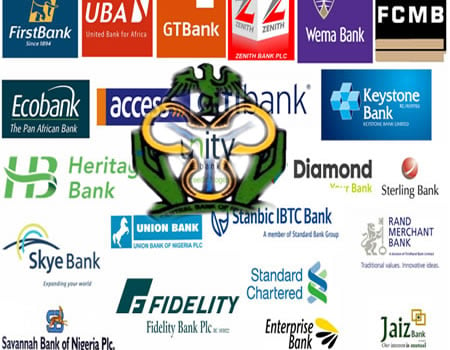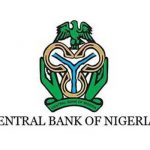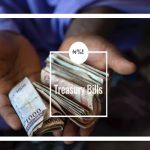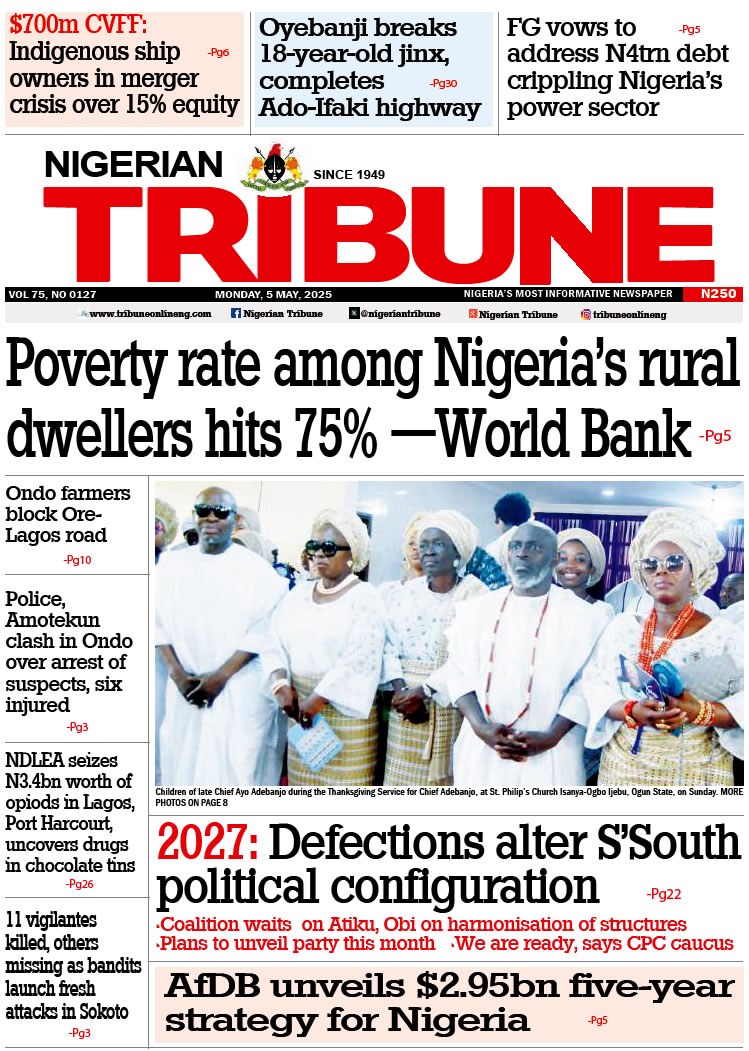Latest data from the CBN showed that this resulted in a total of N2.81 billion interest earned by the apex bank through the Standing Lending Facility (SLF), compared with the total interest of N4.05 billion earned in the preceding month of April.
Similarly, the total Standing Deposit Facility granted during the review period was N467.33 billion with a daily average of N29.21 billion, compared with N369.45 billion in April 2017. The cost incurred by CBN on SDF was N0.16 billion in May 2017, compared with N0.12 billion in April 2017.
This means that of recent, more banks are depending on the apex bank loans to meet their cash obligations, following the lack of liquidity in the banking system.
Banks access the SLF to borrow from the CBN while they access the Standing Deposit Facility to place deposit with the CBN.
In its Economic Report available on the bank’s website, CBN noted that DMBs continued to access the Standing Facilities window to square-up their positions either by borrowing from the CBN or depositing the excess in their reserves at the end of each business day.
The trend, according to the CBN showed more patronage at the SLF window, compared with SDF. The rates at the SLF and SDF remained at 16.00 and 9.00 per cent, respectively.
“Total request for the standing lending facility granted during the reviewed month was N4,050.49 billion, compared with N5,338.17 billion in the preceding month.
“This was made up of N1,243.63 billion direct SLF and N2,806.86 billion intra-day lending facility (ILF) converted to overnight repo,” the report read in part.
Total specified liquid assets of commercial banks according to CBN stood at N7,028.49 billion, representing 38.1 per cent of their total current liabilities. At that level, the liquidity ratio was 1.3 per centage points below the level at the end of the preceding month, but was 8.1 percentage points above the stipulated minimum ratio of 30.0 per cent.
Also, the loans-to-deposit ratio, at 80.4 per cent, was 0.09 percentage point below the level at end-April 2017, but 0.4 percentage point above the maximum ratio of 80.0 per cent.
The Central Bank of Nigeria Economic Report is designed for the dissemination of financial and economic information on the Nigerian economy on current basis.
The Report analyses developments in the financial, fiscal, real and external sectors of the economy, as well as international economic issues of interest.






